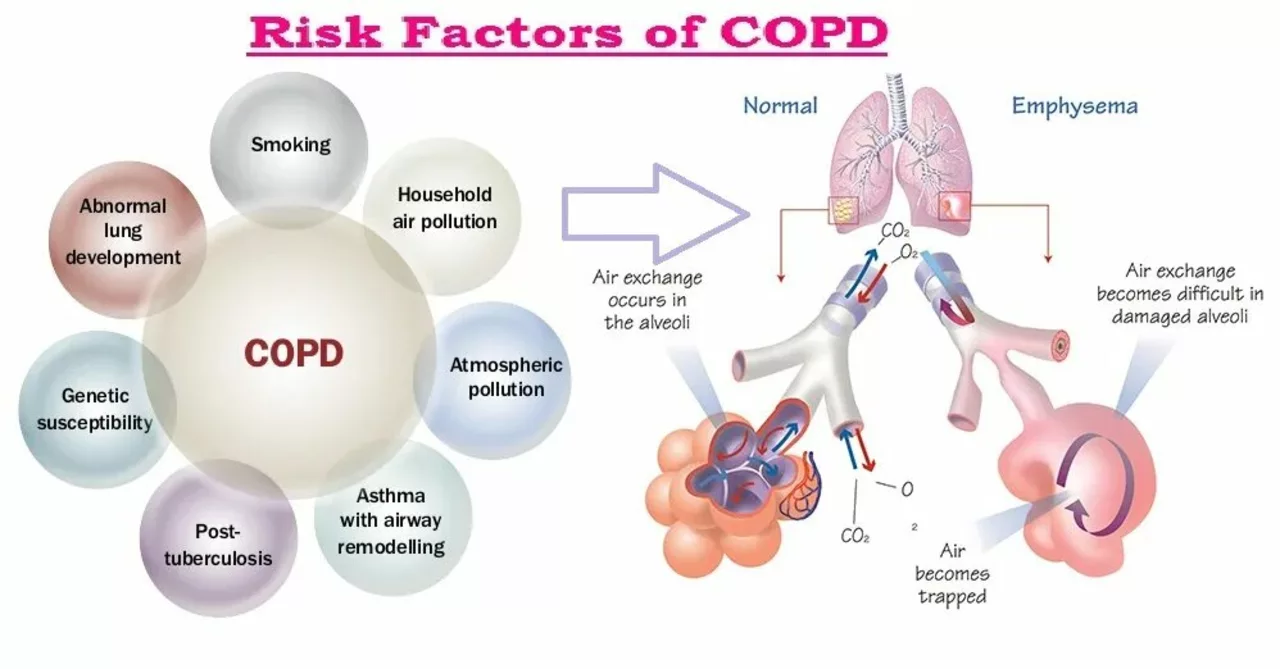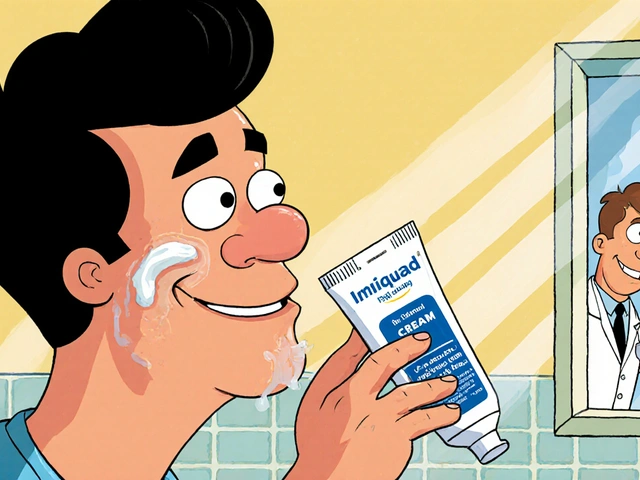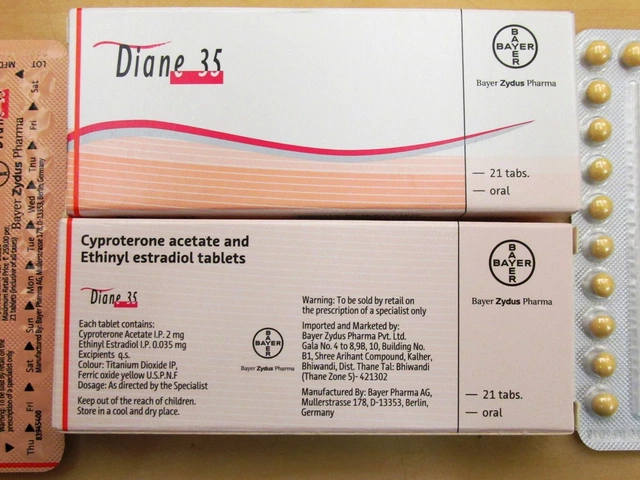Pulmonary Disease: What It Is and How to Keep Your Lungs Happy
When you hear "pulmonary disease" most people think of a scary diagnosis. In reality it’s just a label for any condition that harms the lungs or makes breathing harder. Knowing the basics can stop panic, help you spot warning signs early, and give you tools to stay on top of lung health.
Common Types of Pulmonary Disease
The most common pulmonary problems are asthma, chronic obstructive pulmonary disease (COPD), bronchitis and pneumonia. Asthma shows up as wheezing or shortness of breath after exercise or allergens. COPD is a mix of emphysema and chronic bronchitis that usually appears in long‑time smokers, causing a constant cough and tiredness. Bronchitis can be acute—like a cold‑related cough—or chronic, which means coughing for months every year. Pneumonia is an infection that fills the lungs with fluid, making you feel feverish and very short of breath.
Other less common diseases include interstitial lung disease (scarring in the tissue) and pulmonary fibrosis, both of which slowly reduce oxygen flow. Even rare conditions matter because they share symptoms like coughing, fatigue, or chest tightness, so a doctor’s exam is key to pinning down what’s going on.
Tips to Keep Your Lungs Healthy
First thing: quit smoking if you do. The moment you stop, lung function stops dropping faster and the risk of COPD goes down. If you can’t quit cold turkey, nicotine patches or gum work for many people. Second, watch what you eat. Foods high in antioxidants—berries, leafy greens, nuts—help reduce inflammation that can worsen asthma or COPD.
Third, stay active but listen to your body. Light cardio like walking improves lung capacity without overloading breathing muscles. If you have asthma, keep a rescue inhaler handy and know which triggers (dust, pollen, strong smells) set you off. Some readers find that certain foods—like spicy dishes or caffeine—can make symptoms flare; try keeping a food‑symptom diary to spot patterns.
Fourth, get vaccinated. Flu shots and pneumonia vaccines lower the chance of infections that can damage already vulnerable lungs. Finally, regular check‑ups matter. Pulmonary function tests (PFTs) measure how well you inhale and exhale; catching a decline early lets doctors adjust treatment before things get serious.
If you’re dealing with an existing condition, follow your doctor’s medication plan. For asthma, inhaled steroids reduce swelling while short‑acting bronchodilators open airways fast. In COPD, long‑acting bronchodilators and oxygen therapy can keep you moving around the house without getting winded.
Living with a pulmonary disease doesn’t mean giving up life. Simple steps—quitting smoking, eating right, staying active, vaccinating, and seeing your doctor—make a huge difference. Keep these habits in mind, and you’ll give your lungs the best chance to stay clear and strong.




